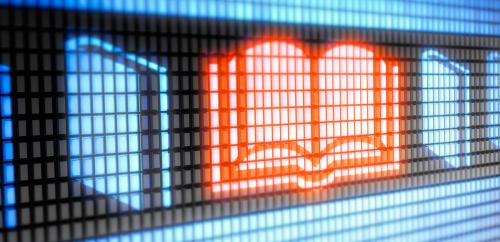Today, the President announced major new commitments by a variety of companies to further the goals of ConnectED, the public/private partnership program dedicated to connecting 99 percent of schools to broadband or high-speed wireless networks within five years. Broadband has rapidly become not just a necessary ingredient, but an essential element for educating America’s students, serving multiple learning styles, and expanding access to education.
Broadband networks also allow for instant feedback to students and individual tailoring of instruction. That’s why ensuring that schools have adequate bandwidth is a centerpiece of ConnectED and a primary driver of the FCC’s review of the e-Rate program. Expanding access to, and increasing the variety and amount of, educational opportunities for children and adults has long been one of the cable industry’s top priorities.
For the last 25 years, cable has played an important role in the education of our children by providing both robust technology and dynamic educational content. We are committed to continuing this contribution well into the future. The President’s statements come the day before Digital Learning Day events here in Washington, DC, and around the nation, where broadband-enabled learning and digital content will be on display. Digital Learning Day will showcase the “common-sense, effective applications of digital learning in America’s schools that support teachers, improve learning, and provide options for students to achieve at their highest potential.”
This video about how today's children are using broadband offers a window into the life of a 21st century student.
Cable is no stranger to high-speed digital learning. As far back as 1999, cable ISPs were running fiber to schools and today our industry provides high-speed broadband services to thousands of American schools. And the creative expertise of cable networks provide everything from Discovery Education’s digital “techbooks,” to C-SPAN Classroom’s digitized archive of our government in action, to History’s webcasts and Ovation’s Arts Education Toolkit. This engaging content used by teachers to supplement the curriculum helps create a deeper, richer learning environment for 21st century students.
But to really take full advantage of digital learning, students need broadband access at home as well as school. Here, too, the cable industry has been a leader in promoting home broadband adoption to low-income families. Through programs like Internet Essentials and Connect to Compete, families can qualify for deeply discounted home broadband service, a low-cost computer, and digital literacy training.
Finally, the cable industry has taken a leadership role in developing the concept of “digital citizenship” – a positive and proactive approach to help children use digital tools safely and effectively. As an example, Cable in the Classroom recently released InCtrl, a suite of tools and resources for educators to help them teach digital citizenship concepts. The industry also works with organizations like the Family Online Safety Institute, iKeepSafe and Common Sense Media to further advance and promote school and parental resources to advance digital citizenship for children.
Cable is no stranger to digital learning at the speed of broadband. You might even say we helped invent it.
